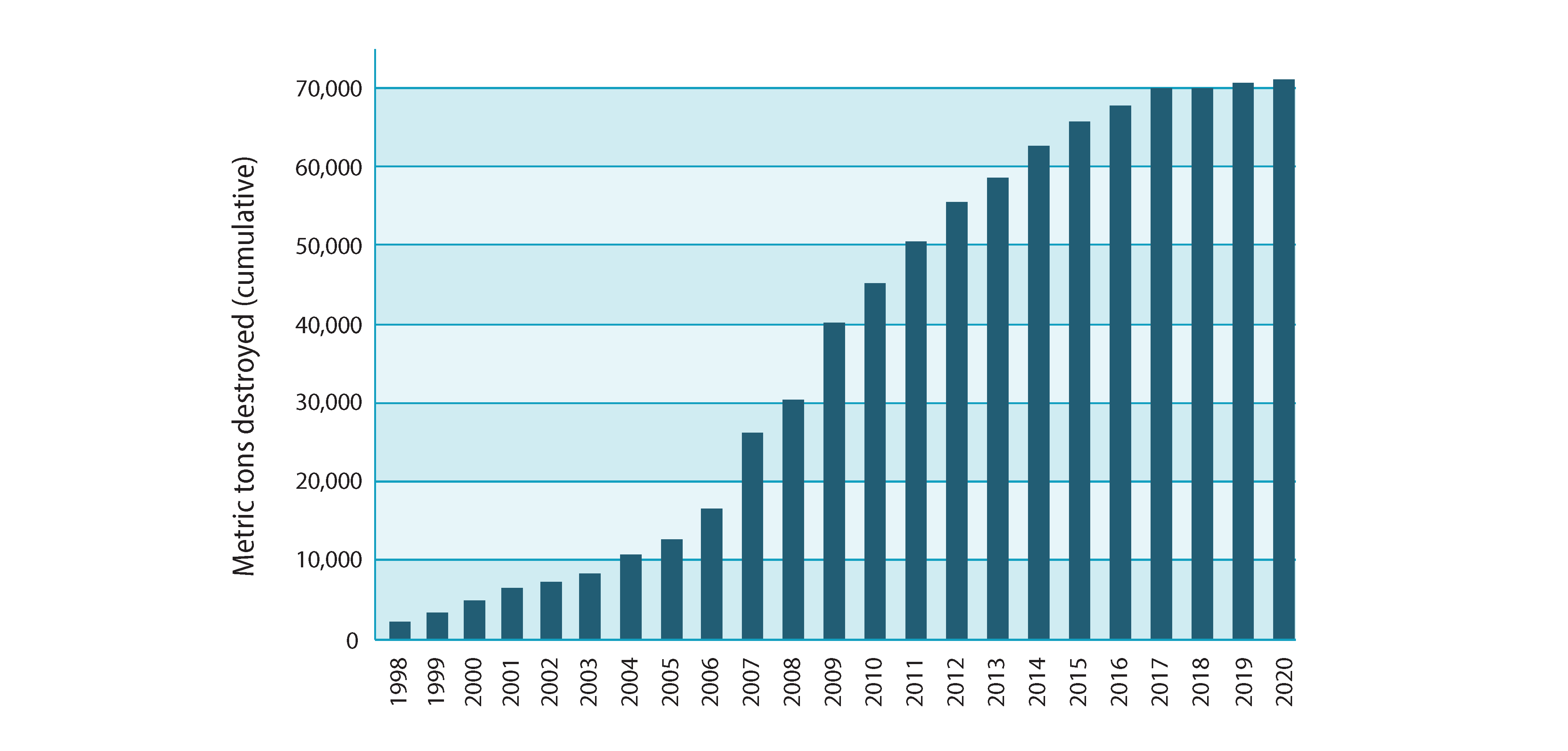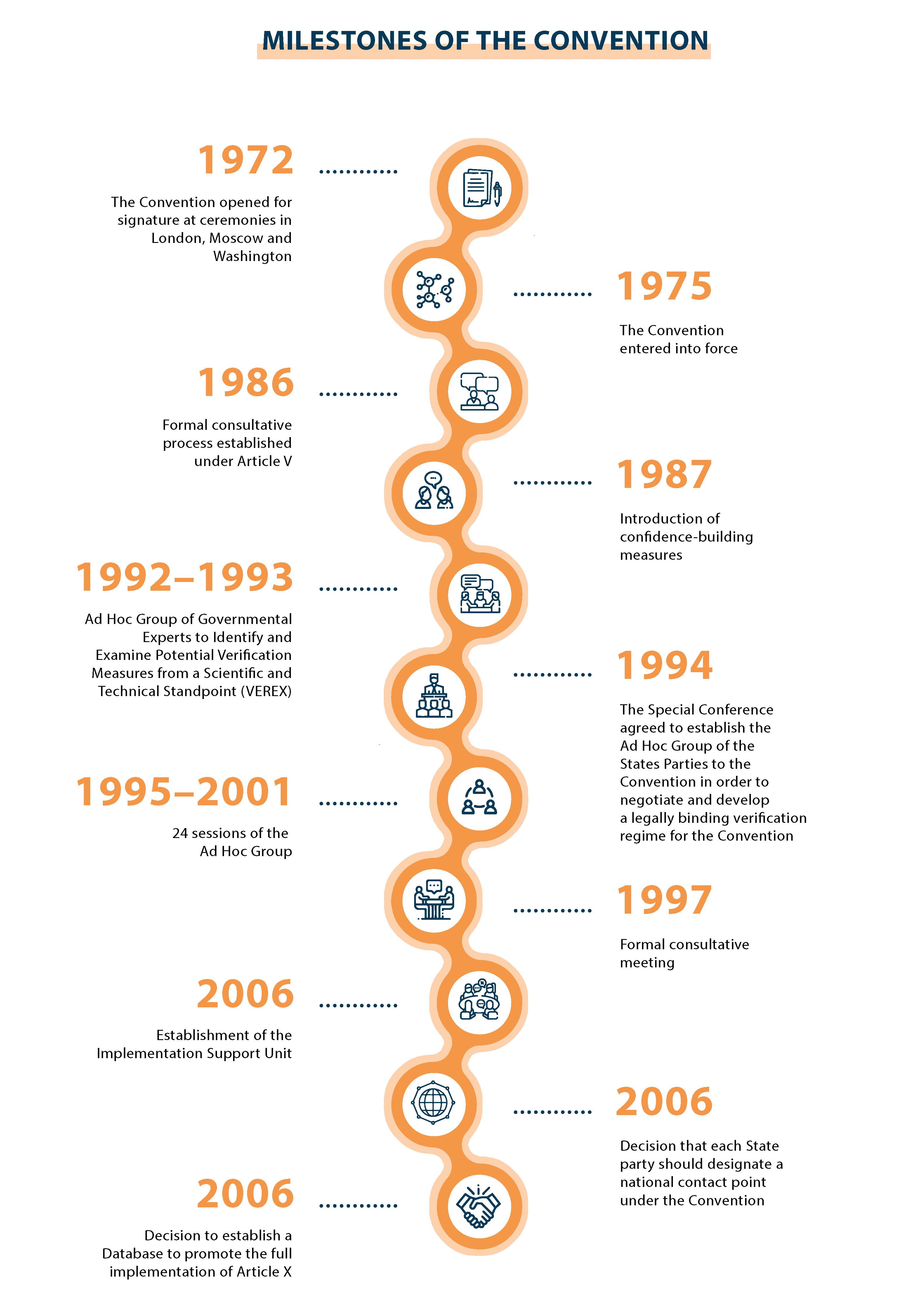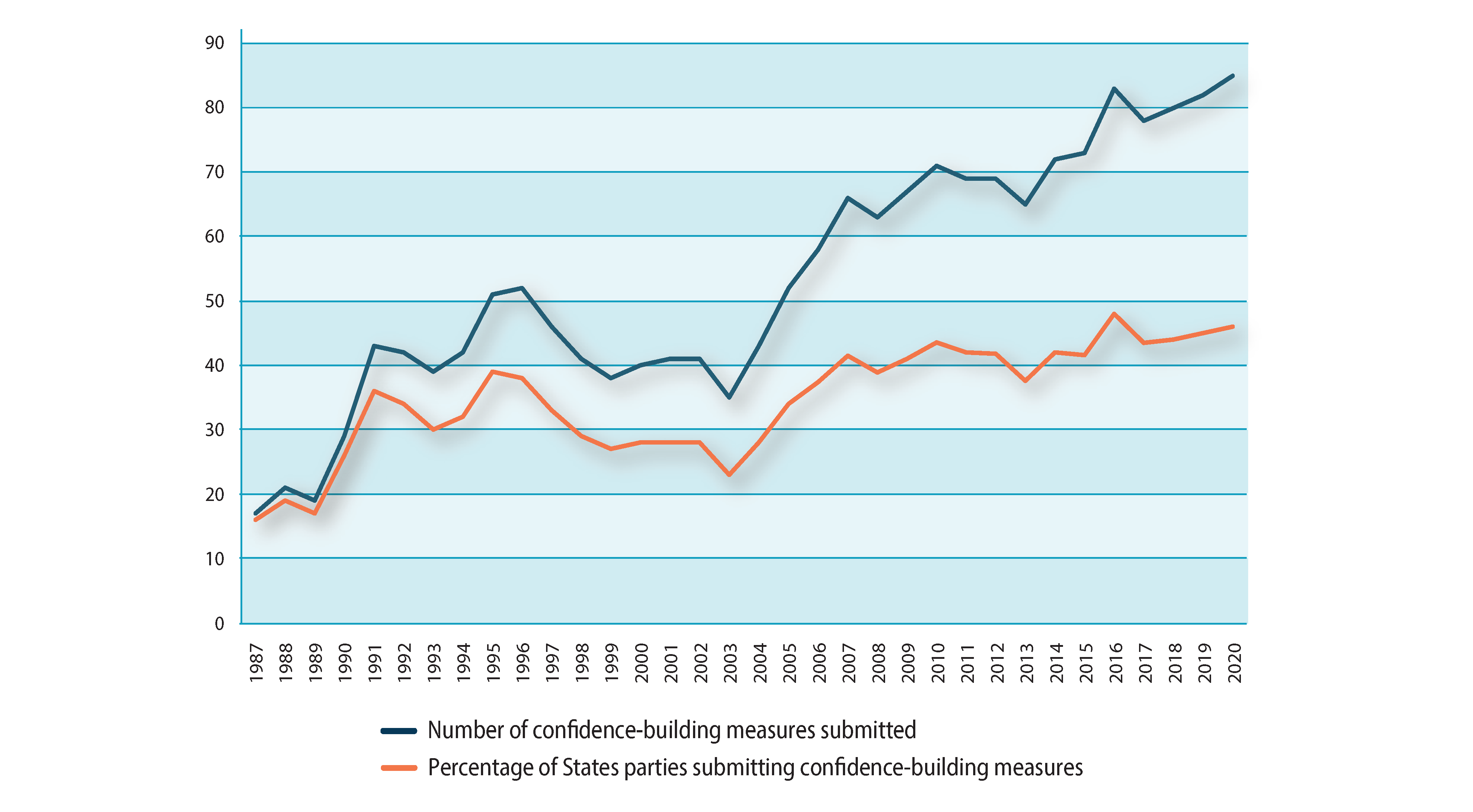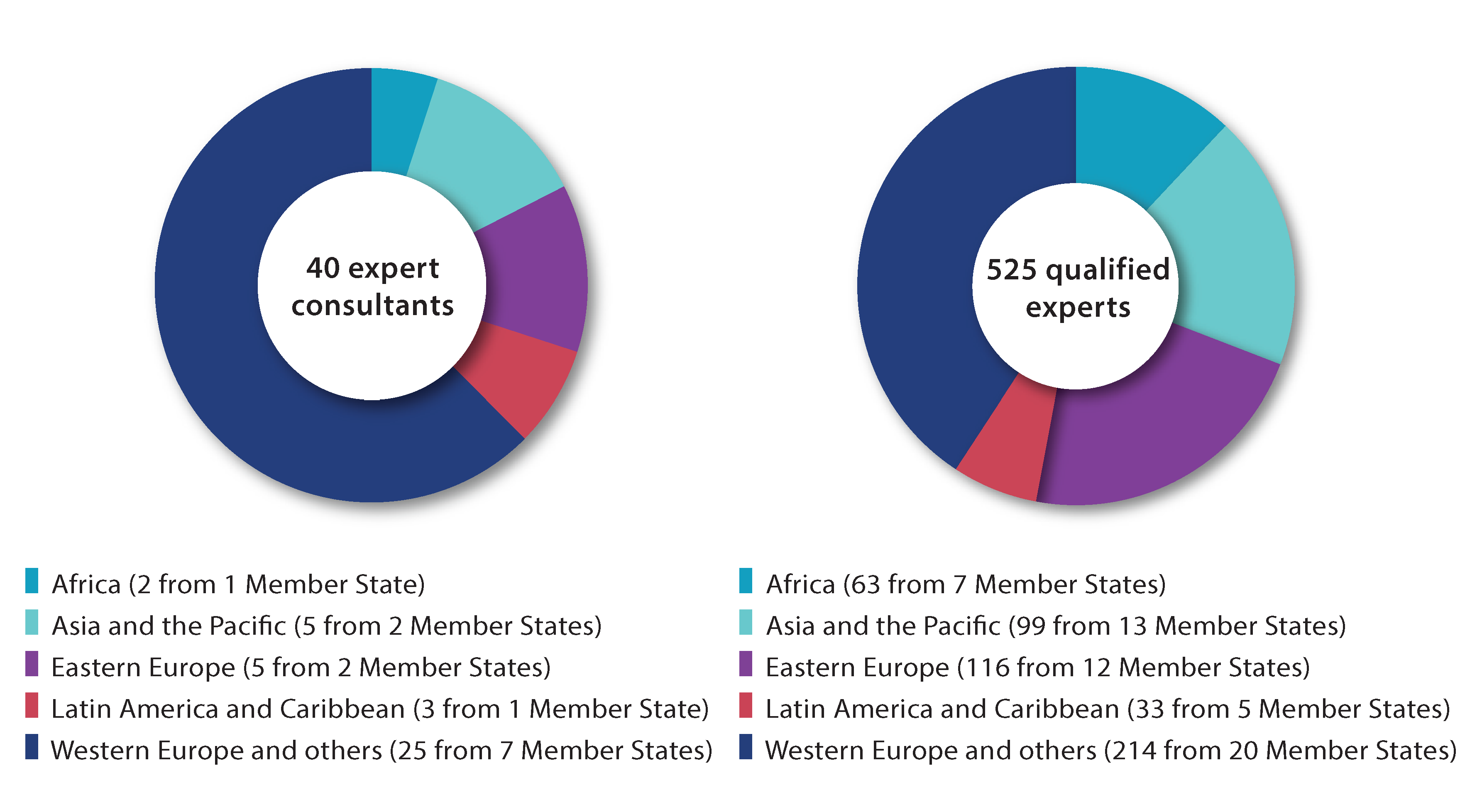The use of chemical weapons anywhere, by anyone, under any circumstances, is intolerable and a serious violation of international law. Impunity for their use is unacceptable. There can be no justification for the use of these abhorrent weapons. We must remain united and determined in preventing their use, or the threat of their use.
In 2020, the COVID-19 pandemic posed a significant challenge to international efforts to uphold the global ban against the use of chemical weapons. The Organisation for the Prohibition of Chemical Weapons (OPCW) adapted to the situation, however, continuing to deliver on its mission to fully and effectively implement the Convention on the Prohibition of the Development, Production, Stockpiling and Use of Chemical Weapons and on Their Destruction (Chemical Weapons Convention).
In addition to carrying forward its critical work of verifying the destruction of remaining declared chemical weapons stockpiles, OPCW successfully resumed its inspections, in line with article VI of the Convention, after a pause forced by public health restrictions. It also continued to provide States parties to the Chemical Weapons Convention with assistance in meeting their declaration obligations.

Since the Chemical Weapons Convention entered into force, some 72,000 metric tons of chemical weapons have been declared by eight possessor States parties. To date, more than 98 per cent of those declared chemical weapon stockpiles have been destroyed, all under verification by OPCW.
Meanwhile, the OPCW policymaking organs flexibly carried out their responsibilities amid limits on in-person meetings. The OPCW Executive Council held its regular sessions in an adapted modality to continue promoting the Chemical Weapons Convention’s effective implementation, and the OPCW Technical Secretariat developed online platforms and new modules to continue building capacities among States parties to prevent the re-emergence of chemical weapons. In addition, the Technical Secretariat provided ongoing assistance to States in promoting the peaceful uses of chemistry; advancing scientific and technological cooperation; countering the threats posed by non-State actors; and expanding partnerships with international organizations, non-governmental organizations, the chemical industry and other entities.
OPCW also moved forward with work in other areas, achieving major progress towards the construction of the Centre for Chemistry and Technology (ChemTech Centre). It also continued efforts to universalize the Chemical Weapons Convention, including through calls for States still not party to the Convention to join without delay or preconditions.
For OPCW and other international organizations, one priority was addressing significant concern around allegations about possession and use of chemical weapons in the Syrian Arab Republic. In that regard, the Office for Disarmament Affairs continued to support the Secretary-General’s good offices in furtherance of the implementation of Security Council resolution 2118 (2013) on the elimination of the chemical weapons programme in the Syrian Arab Republic, while also working with the Council’s members to build unity and restore adherence to the global norm against chemical weapons.

Izumi Nakamitsu, High Representative for Disarmament Affairs, briefs Security Council members on the implementation of Security Council resolution 2118 (2013) on the Syrian Arab Republic during an open videoconference on 10 September 2020.
UN Photo/Loey Felipe
OPCW, for its part, engaged further with the Syrian Arab Republic in an effort to resolve all gaps, inconsistencies and discrepancies that had arisen from the initial declaration of its chemical weapons programme. The OPCW Fact-Finding Mission also continued its work to establish the facts surrounding allegations of chemical weapons use in the Syrian Arab Republic. Separately, the OPCW Investigation and Identification Team kept up its activities, pursuant to the 2018 decision of the Conference of the States Parties, to identify the perpetrators of chemical weapons use in the country, issuing its first report in April.
Meanwhile, the Secretary-General continued to work with the members of the Security Council to build unity and underscore the need to identify and hold accountable those who have used chemical weapons. In support of this priority, the Office for Disarmament Affairs completed a lessons-learned project on the OPCW–United Nations Joint Investigative Mechanism, aiming to provide the Security Council, as well as the United Nations Secretariat and its partners, with food for thought on how to fulfil the Council's responsibilities in this regard.
On 26 March, the world marked the forty-fifth anniversary of the entry into force of the Convention on the Prohibition of the Development, Production and Stockpiling of Bacteriological (Biological) and Toxin Weapons and on Their Destruction (Biological Weapons Convention). As at 31 December, the Convention had 183 States parties; 4 signatory States had yet to ratify the Convention, and 10 States had neither signed nor acceded to it.
To mark the forty-fifth anniversary of the entry into force of the Biological Weapons Convention, the Implementation Support Unit produced two videos on the history of the Biological Weapons Convention (left) and young female scientists from the Global South (right). The productions were funded by the European Union through its Council decision 2019/97 in support of the Convention.
Since the entry into force of the Biological Weapons Convention (BWC) in 1975, 183 States have joined, establishing a strong norm against the deliberate use of disease in armed conflict. Over the course of 45 years, States parties have agreed on various measures to strengthen the Convention, including a system of confidence-building measures implemented in 1987 to enhance trust among them. As at the end of 2020, States had submitted 1,801 reports further to those measures. Additionally, States parties established 132 national contact points to facilitate the Convention’s implementation at the domestic level.
States parties regularly meet in Geneva to consider technical topics, as well as to discuss and promote common understandings and effective action on the topics identified by the Review Conferences. States parties have convened in eight Review Conferences since 1980, established four intersessional programmes since 2003 and held 70 official meetings and conferences since the Convention entered into force.
Due to the COVID-19 pandemic, the States parties decided to postpone the Meetings of Experts and the Meeting of States Parties from their originally scheduled dates in 2020. In that context, the Convention’s Implementation Support Unit organized a series of webinars where participants could informally discuss the topics of the future Meetings of Experts.

The OPCW network of designated laboratories is a linchpin of the organization’s verification regime and its capacity to investigate allegations of the use of chemical weapons. Across the globe, there are currently 27 laboratories designated by the OPCW for the analysis of authentic biomedical and/or environmental samples.
The boundaries and names shown and the designations used on this map do not imply official endorsement or acceptance by the United Nations. Dotted line represents approximately the Line of Control in Jammu and Kashmir agreed upon by India and Pakistan. The final status of Jammu and Kashmir has not yet been agreed upon by the Parties. Final boundary between the Republic of Sudan and the Republic of South Sudan has not yet been determined. Final status of the Abyei area is not yet determined.
Map source: United Nations Geospatial Information Section

The Biological Weapons Convention entered into force in 1975. In 1986, States parties agreed on consultative procedures to promptly address alleged violations when requested by a State party, in line with article V. They also introduced a system of confidence-building measures to improve international cooperation and prevent or reduce ambiguities, doubts and suspicions.
After the cold war, an expert group (VEREX) weighed the scientific and technical merits of 21 proposals for verifying compliance, including on-site actions like facility inspections and off-site efforts like monitoring relevant publications. A separate ad hoc group negotiated a draft verification protocol from 1995 to 2001, but the effort failed when States parties could not agree on several fundamental issues.
In 2006, States parties created an Implementation Support Unit to provide administrative support, assist with national implementation, encourage universal adoption and oversee the process for confidence-building measures.
In 2011, the seventh Review Conference established a database to pair assistance requests with offers, in support of article X, which protects States parties’ right to exchange biological materials, technology and information for peaceful purposes.


Expert consultants advise and assist in the overall conduct of investigations, from planning and deployment to operation and reporting.
Qualified experts are dispatched to the field to investigate the alleged use of weapons.

Nominated analytical laboratories test for the presence of chemical, biological or toxin agents.
The Secretary-General has a mandate to carry out investigations when Member States bring to his attention the alleged use of chemical or biological weapons. To fulfil this mandate, the United Nations relies on countries to designate technical experts to deploy to the field on short notice as well as analytical laboratories to support such investigations. Member States facilitate further training of qualified experts and expert consultants in close cooperation with the Office for Disarmament Affairs.